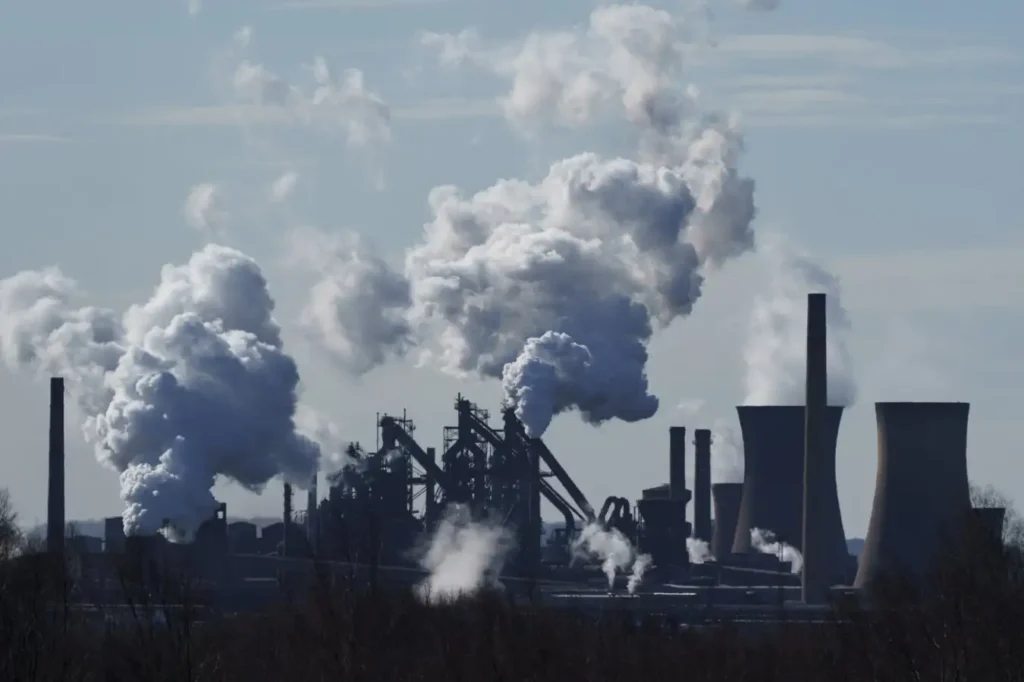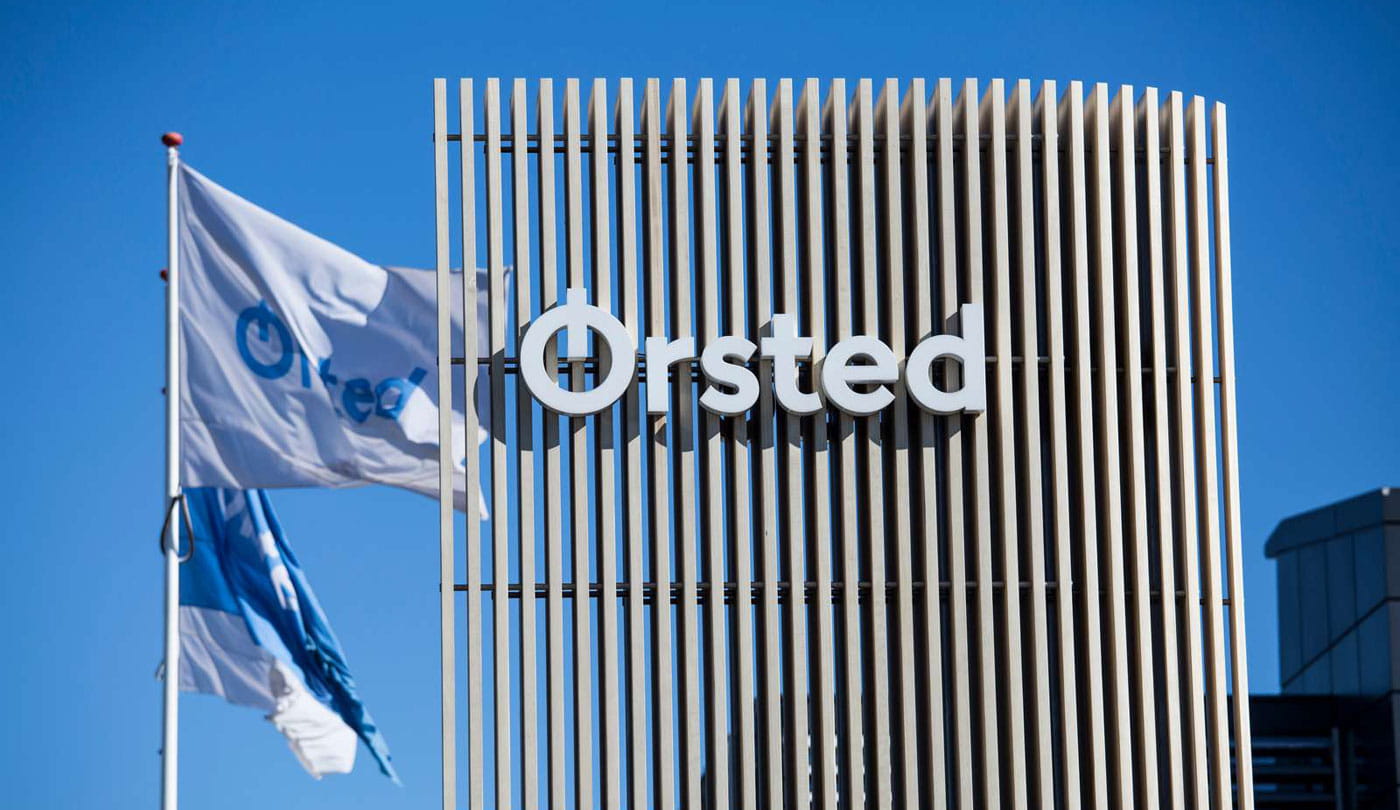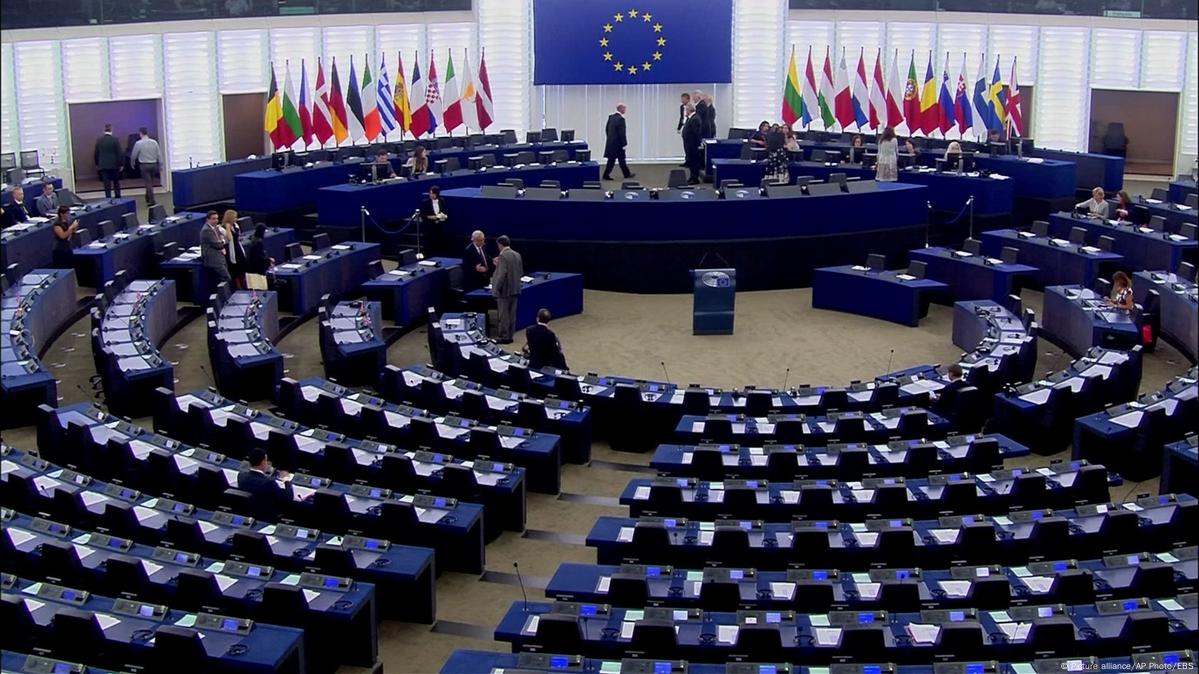Navigating the Future: UK’s Carbon Border Adjustment Mechanism Unveiled

|
Listen to this story:
|
As the UK gears up for the introduction of its Carbon Border Adjustment Mechanism (CBAM) in January 2027, this landmark policy is poised to redefine the landscape of carbon pricing and international trade. Aimed at leveling the playing field for domestic and imported goods in terms of carbon costs, the UK CBAM represents a critical step in the nation’s ambitious climate agenda.
The Genesis of the UK CBAM
“Following a previous consultation, it would introduce a CBAM from 1 January 2027 on imports of certain carbon-intensive goods” from sectors pivotal to the UK’s industrial base. This mechanism seeks to address the carbon leakage risk by ensuring that imported goods bear a comparable carbon cost to those produced domestically.
Stakeholder Involvement: A Collaborative Approach
The government’s consultation process underscores the inclusive approach taken towards the development of the CBAM. Lucia Suggitt of HMRC and Katie Keegan of HMT are leading the charge, ensuring a wide array of voices, including “importers, their agents, other businesses, individuals, tax advisers, trade and professional bodies, and other interested parties including those overseas,” are heard and considered in shaping the mechanism.
Tackling Carbon Leakage Head-On
A key motivation behind the CBAM is to prevent carbon leakage, which Gareth Davies MP describes as pivotal to ensuring “our ambition is not undermined by carbon leakage… Businesses must be able to invest in the UK with confidence that their efforts will lead to true decarbonisation globally, not the offshoring of emissions.” This reflects the UK’s commitment to ensuring its decarbonisation efforts contribute meaningfully to the global reduction of emissions.
Strategic Design and Implementation Challenges
The design and implementation of the CBAM are not without challenges. The mechanism must “ensure that imported goods are subject to a carbon price comparable to that incurred by UK-based production,” a complex undertaking that involves calculating the carbon content of imports and establishing a fair and effective pricing strategy.
Moreover, the consultation seeks to address “how the CBAM liability will be calculated – including principles for the calculation of embodied emissions and the price payable with any adjustments for overseas carbon pricing.” This highlights the government’s awareness of the intricate balance required to ensure the CBAM’s effectiveness while maintaining trade fairness.
A Vision for Global Leadership
By introducing the CBAM, the UK is not just taking a significant step towards achieving its own climate targets; it is also positioning itself as a leader in global climate action. As Gareth Davies MP points out, “Together we can make the UK CBAM a success, tackle carbon leakage risk, and meet our ambitious climate targets,” underscoring the UK’s role in fostering a collective international effort towards decarbonisation.
Related Article: Morningstar Launches Low Carbon Transition Leaders Indexes
A Path Towards Sustainable Trade
The UK’s Carbon Border Adjustment Mechanism is more than a policy; it’s a statement of intent towards a sustainable future. By meticulously designing a mechanism that addresses carbon leakage, encourages global decarbonisation, and supports domestic industries, the UK is paving the way for integrating environmental objectives with trade policy. As this policy evolves through stakeholder consultation and legislative development, it will undoubtedly serve as a model for others to follow in the quest for a greener planet.








